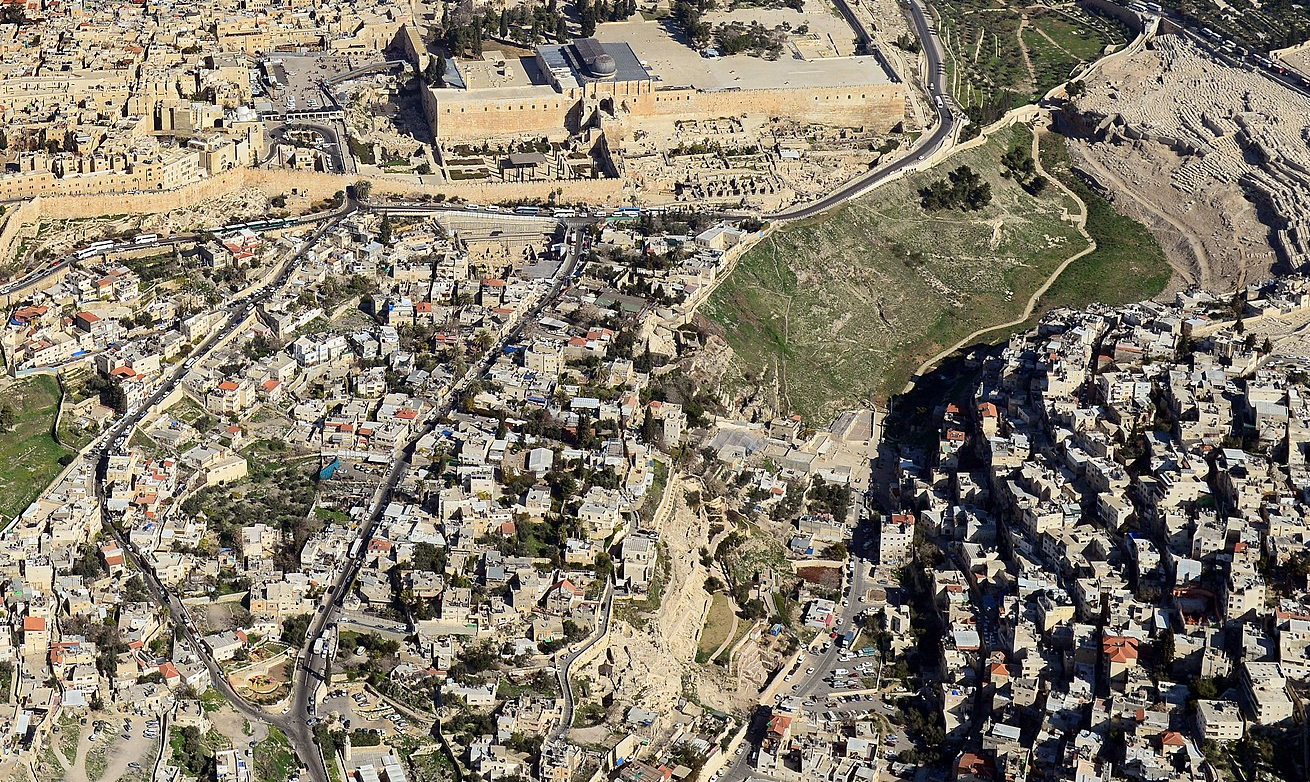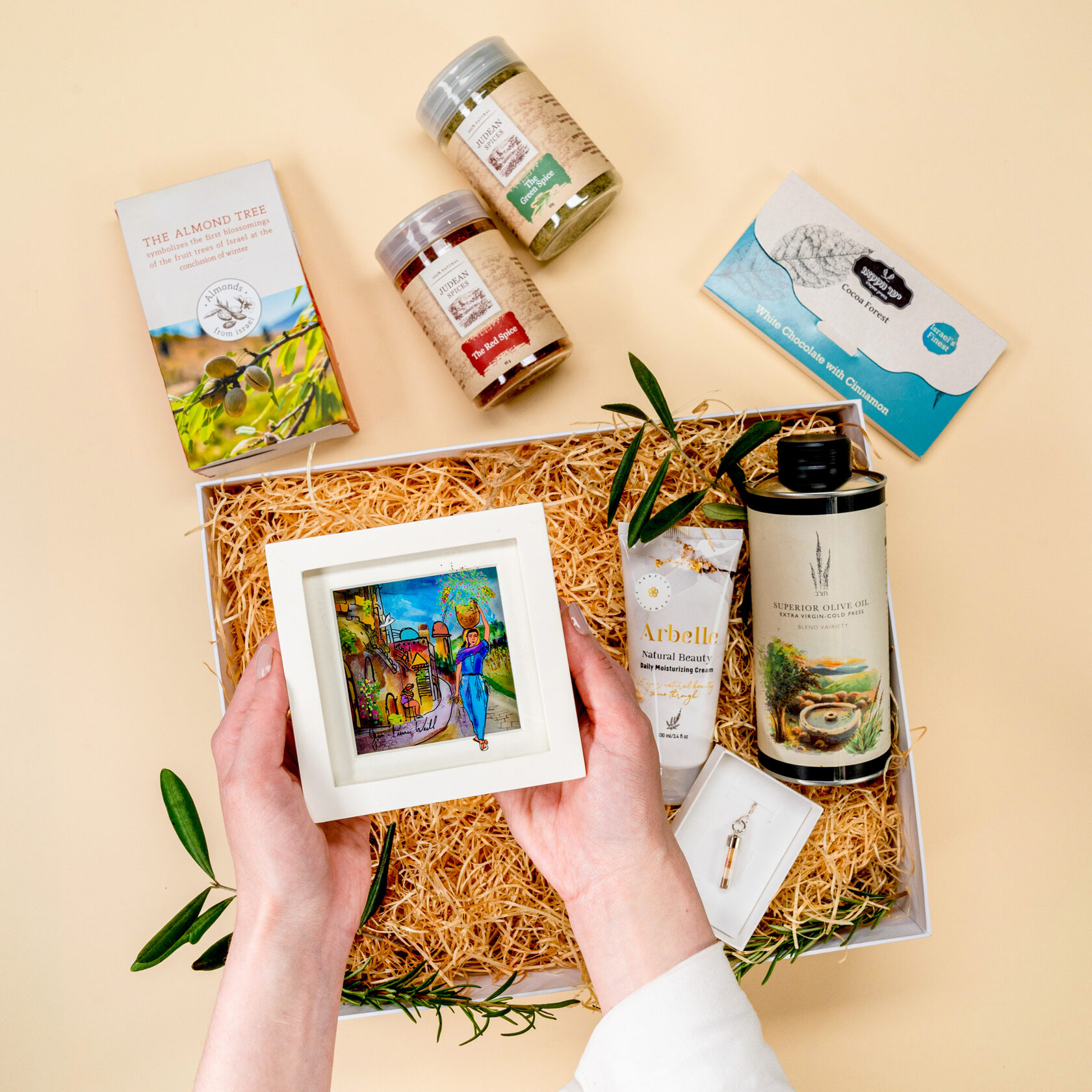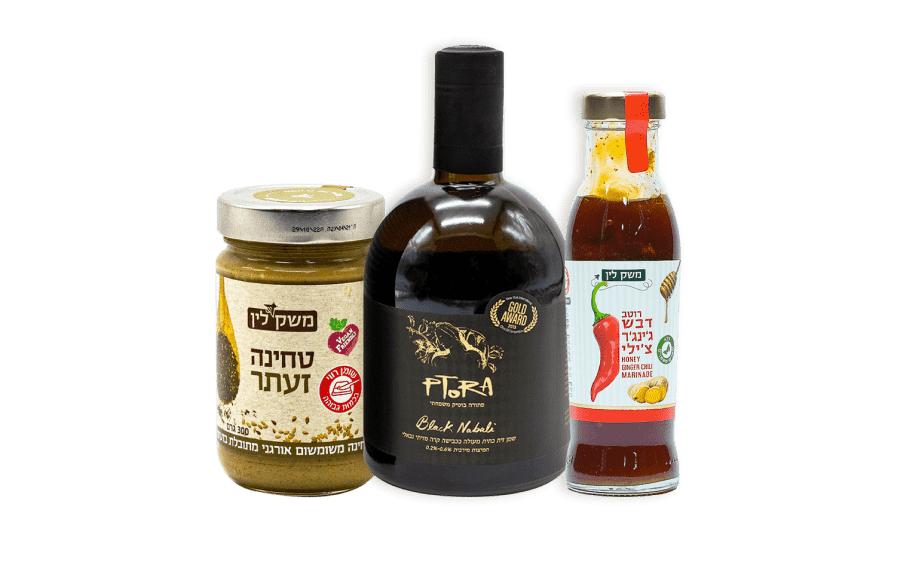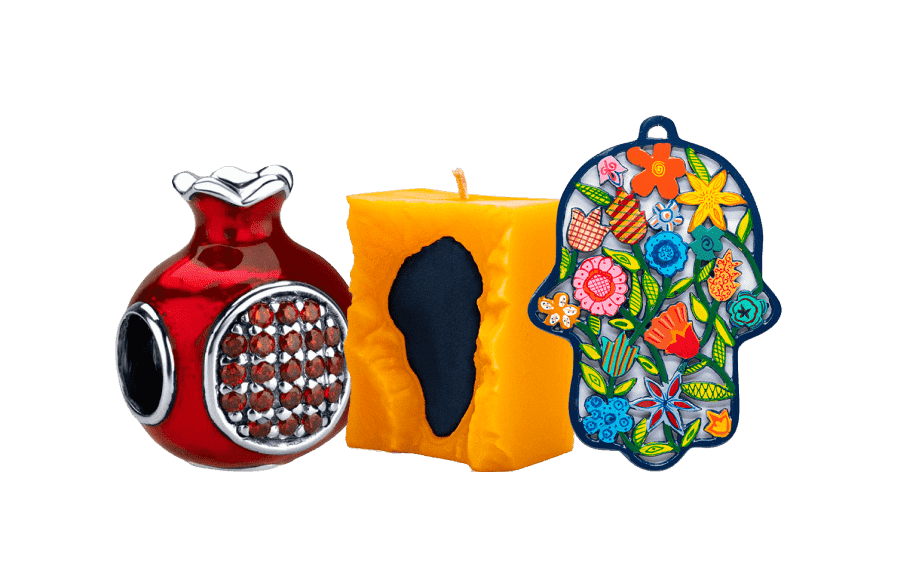Ten measures of beauty were given to the world. Nine were taken by Jerusalem, and one was distributed all over earth.” Talmud (Kiddushin 49b). Come and explore the Holy City of Jerusalem and all the Biblical history behind it!
No city in the world is more talked about or yearned for than Jerusalem. Wherever the Jewish people find themselves in the world, or in the Holy Land itself, it is in the direction of Jerusalem that they pray. For thousands of years, the return to Jerusalem is what millions of Jews have prayed for. It is at the Western Wall, otherwise known as the Wailing Wall, where individuals touch the Holy stones as tears stream down their faces, and make their personal requests to God to rebuild the Temple once again and end our exile.
Only in Jerusalem can we connect to thousands of years of Biblical history and appreciate how privileged we are to live, visit, and work in the most beautiful city in the world! Jerusalem is the place where both of the Holy Temples once stood, and the place where God willing it will do so again!
The detailed history of Jerusalem is enough to fill a book of thousands of pages. Although it is mentioned in the Bible around 660 times, it was not until 1000 BCE that Jewish governance of the city began. That was when King David conquered Jerusalem from the Jebusites and declared it the capital of the Jewish Kingdom.
King Solomon, David’s son, would build the First Temple of Jerusalem in 960 CE. In Hebrew, it would be called the Beit Hamikdash. In 586 BCE, the First Temple was destroyed at the hands of the Babylonian army, leaving Jerusalem in ruins and the Jewish population taken captive to Babylon.
In 539 BCE the Persian Ruler, Cyrus the Great conquered Jerusalem and in 516 BCE decreed that the Jews may return to Jerusalem from Babylonian exile. This period marked the beginning of the building of the Second Temple.
Hundreds of years later, in 37 BCE, King Herod revamped the Temple and added a set of retaining walls to the structure. And then in 70 CE, following the great siege of Jerusalem, the Romans destroyed the Second Temple, leading to an expulsion of the Jews once again. An expulsion that would last thousands of years until the 19th century, when in 1967 the Jewish people would finally govern in Jerusalem again!
Only in Jerusalem can we connect to thousands of years of Biblical history and appreciate how privileged we are to live, visit, and work in the most beautiful city in the world! Jerusalem is the place where both of the Holy Temples once stood, and the place where God willing it will do so again!
The detailed history of Jerusalem is enough to fill a book of thousands of pages. Although it is mentioned in the Bible around 660 times, it was not until 1000 BCE that Jewish governance of the city began. That was when King David conquered Jerusalem from the Jebusites and declared it the capital of the Jewish Kingdom.
King Solomon, David’s son, would build the First Temple of Jerusalem in 960 CE. In Hebrew, it would be called the Beit Hamikdash. In 586 BCE, the First Temple was destroyed at the hands of the Babylonian army, leaving Jerusalem in ruins and the Jewish population taken captive to Babylon.
In 539 BCE the Persian Ruler, Cyrus the Great conquered Jerusalem and in 516 BCE decreed that the Jews may return to Jerusalem from Babylonian exile. This period marked the beginning of the building of the Second Temple.
Hundreds of years later, in 37 BCE, King Herod revamped the Temple and added a set of retaining walls to the structure. And then in 70 CE, following the great siege of Jerusalem, the Romans destroyed the Second Temple, leading to an expulsion of the Jews once again. An expulsion that would last thousands of years until the 19th century, when in 1967 the Jewish people would finally govern in Jerusalem again!

Jerusalem's Treasures Revealed
The Western Wall/Mount of olives
The Western Wall refers to the wall which is the last remaining wall of the Second Temple. This wall is a tangible connection to thousands of years of holiness and biblical ancestry. Every day, thousands of people visit the Wall to pray, reflect, and make personal requests of God for the health and healing of their loved ones, to find their soul mates, for success, and whatever is in their hearts. For many, The Western Wall is where the connection to God is at its strongest.
On Shabbat and the Jewish Festivals, a different atmosphere takes hold as tens of thousands arrive at the wall, dressed in their finest clothes to take part in prayer services, often involving song and dance. Many have taken on the beautiful tradition of writing a personal note (petek in Hebrew) on which they write down their requests to God and place the note in between the cracks of the walls.
The Mount of Olives
Also known as the Mount of Anointing, the Mount of Olives is where important religious ceremonies took place, including the purification ritual of the Red Heifer. It was the first station for country-wide torch lighting to broadcast the new Hebrew month across Israel. God himself was said to have rested upon the mount following the destruction of the Temple, calling for repentance. The Mount of Olives contains the most important Jewish cemetery in the world and is the resting place of many significant Jewish figures from temple times until today.
Between 1948 and 1967, the Mount of Olives was inaccessible to the Jews, despite agreements guaranteeing access to the Jewish holy sites in areas under Jordanian control. Instead, the cemetery and graves were desecrated. Once back under Israeli control, the Mount of Olives has been developed and restoration of the damage continues until today.

City of David
3000 years ago, King David conquered a holy city, called Jerusalem, which would then become known as the City of David! The city would expand and flourish, but eventually, become abandoned, and a neighborhood, today called Silwan (Ir David in Hebrew), was built on top, leaving a magnificent past hidden deep below.
Among the biggest discoveries in recent times is the Gihon Spring:
“It was Hezekiah who stopped up the spring of water of Upper Gihon, leading it downward west of the City of David; Hezekiah prospered in all that he did.” (II Chronicles 32:30)
At the time, this was the only source of water to nourish the city of Jerusalem. But it also had another purpose - King David led his army through it to launch a surprise attack and conquer the city! King Hezekiah would also use the Gihon to make sure that the city still had water in case they were attacked. It was the construction of what is known as Hezekiah’s Tunnel, which connects the Gihon to the freshwater Siloam (Shiloah) reservoir, that God blessed him for.
The Old City of Jerusalem
The Old City of Jerusalem is today divided into The Jewish, Muslim, Armenian, and Christian quarters. The main entrance to the Jewish Quarter is through Jaffa Gate, where you pass by the Tower of David and then head through a network of narrow alleys and cobblestone streets directly into the ‘Rova’, the square where the ancient Hurva Synagogue proudly stands.
The Synagogue itself had been partially destroyed in past wars but was restored to its magnificent glory in recent years.
In the Jewish quarter, you can visit the Western Wall and take a tour through the magnificent tunnels where you can discover parts of an ancient neighborhood that once existed during the Second Temple period! From visiting King David’s Tomb on nearby Mount Zion to the ancient Burnt Synagogue exhibition, and the Jerusalem Archaeological Park featuring artifacts from the Second Temple, the Old City is a magnificent trip back in time!
The Machane Yehuda Market
The most famous market in Israel was officially registered in June 1922 during the time of the British mandate. Before its founding, there was a trader's market present at the site during the Ottoman period, but it was only during the Mandate times when the British tried to bring some order to the bustling market with plans to turn it into a proper market with a sewage system and garbage disposal. Unsurprisingly, it didn’t succeed! If it did, there is a chance the busy market wouldn’t have the same charm and character as it does today!
Over the decades, Jewish vendors began to purchase many of the stalls and set up all kinds of businesses, selling fresh fruits and vegetables, spices and herbs, fish, meats and poultries, housewares, and much more! The market continued to grow and today there are 600 members of the Machane Yehuda Vendors Association!
Our tip? Skip the new, and go and discover the authentic Israeli and Middle Eastern stalls!

There is no experience more inspiring than being in the Holy City of Jerusalem. As you walk through the narrow winding alleys of the Old City, suddenly the Western Wall dramatically appears in front of you in all its beauty. As you approach the Wall and lay your hands on the stones, look around and see how everything appears to pause. People from all walks of life have reached the same place as you with one unifying goal, to feel close to God.
You can spend days in the Old City, discovering the history of a place where ancient Jewish Kings once ruled and hundreds of thousands would visit to offer sacrifices in the Holy Temples.
And then, as you leave the Old City via the famous Jaffa Street, modern Jerusalem, with its skyscrapers, shopping promenades, and endless cafes and restaurants appears. But the streets are paved in Jerusalem stone and wherever you go, if you look carefully, you are likely to find a sign or something that connects to the Jerusalem of past, a city with thousands of years of Biblical history!
Every product which Lev Haolam sends to subscribers has been crafted with love and dedication from the talented Jewish pioneers of the Holy Land and are made 100% in Israel!

When you receive our surprise packages, you can look forward to experiencing products, many of them handmade, by some of Israel’s most talented artisans. Whether a unique piece of jewelry containing soil gathered from across Israel, a ceramic olive oil jug, or a stunning 3D-painted artwork based on the beauty of the Land, each item has been exclusively for our subscribers! You will be receiving a limited-edition product made just for you!
There is a tradition by some to kiss the ground when they get off the plane upon arrival in Israel because it is known that the ground is considered to be Holy. The same goes for the items made by pioneers from communities across the Biblical heartlands of Judea and Samaria. Whether perfume from Itamar, located next to the burial place of Itamar, the son of the High Preist, or Shilo, where the Holy Ark first rested when the Jewish people first entered the Holy Land, the connection of the pioneers to their biblical ancestors runs deep. And their products are your direct connection to it and the Holy Land!
There is a tradition by some to kiss the ground when they get off the plane upon arrival in Israel because it is known that the ground is considered to be Holy. The same goes for the items made by pioneers from communities across the Biblical heartlands of Judea and Samaria. Whether perfume from Itamar, located next to the burial place of Itamar, the son of the High Preist, or Shilo, where the Holy Ark first rested when the Jewish people first entered the Holy Land, the connection of the pioneers to their biblical ancestors runs deep. And their products are your direct connection to it and the Holy Land!









